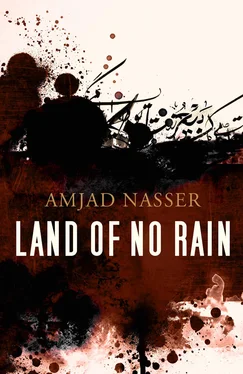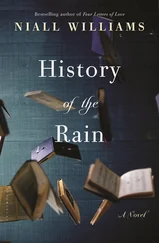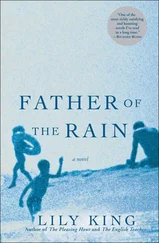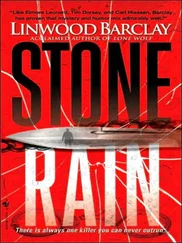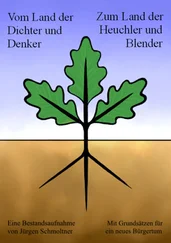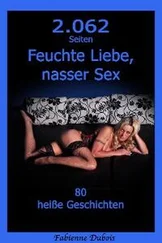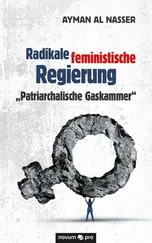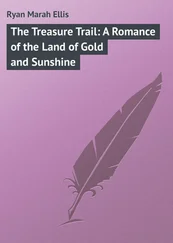* * *
‘The man was taken aback by my sudden arrival. I assumed he felt embarrassed by what the receptionist had done. He was wearing glasses that seemed thicker than in the blurry photograph. I was about his height when I stood next to him. He smiled at me. His smile conveyed a message I guessed at immediately. A message I had been expecting ever since I realised there were eyes following me in the hallway, in the lobby, in the lecture room, on our magical tour through the winding lanes of the old city, in the restaurant. The man with the glasses put out a fat, hairy hand and said, “Pleased to meet you, Mr Younis.” Then, emphasising all the consonants, he added, “I’m Adham Jaber!”’
In his first days back home he did no more than laze around and browse through his papers, old books and photo albums. Maybe it was a deliberate attempt to reconnect with the past, or perhaps to distract his mind from what had happened in the City of Red and Grey. His family didn’t ask him about what had happened, whether he was ill or not, or about the coughing fits he had, or the pocket handkerchiefs he was always changing, or why his face was so pale. They left him time to tell them about all that, but I know he didn’t forget the images of people staggering down the streets, the coughing, the blood they spat out, the faces covered in masks and the X signs marked on particular houses. Sometimes these images were combined with images of death and destruction in the City of Siege and War, of people hugging the walls for cover against the constant shelling, or looking for something to eat in the rubbish bins.
He knew how he was, and he didn’t want to waste time.
He drew up a plan in his head and decided to carry it out.
He rediscovered the summer house, which had become the family’s base after his father retired. He knew that their neighbours in the housing estate, which the Grandson had given to an elite of junior officers and civil servants, and which had now become a large town, were originally his relatives and acquaintances of his family. That was no longer the case. The Hamiya civil servants had mixed with people who worked in the ‘free city’ that had been built near by. This surprised him somewhat. Accompanied by young Younis, he continued to go round the bedrooms and reception rooms in the house. He would sit for a time in his own room, which his family had preserved roughly as it was, then go to the kitchen in the hope of reconnecting with old habits he had known, smells that still nestled in his nose and in his memory, or of rediscovering his father in the cellar.
He clearly tried to make up for his neglect of his father’s works by taking a fresh look at them. He spent a long time in his father’s workshop. Sometimes young Younis would swoop down the twelve stairs with him like a little bundle of energy, but sometimes he would give his nephew the slip and sneak into his father’s temple alone. Young Younis was so firmly attached to his legendary uncle who had come to life after long wanderings that he brought him the grandfather’s white cotton skullcap and put it on his head, just as grandfather used to wear it. The skill and precision of his father’s handiwork amazed him. He saw lines he had never seen before. Innovations in the thuluth style, experiments with the mansoub , in which there is a fixed geometrical proportion between the letters and the letter alif , softened versions of the harsh Kufic style with its perpendicular letters and square blocks. There were a few works by his grandfather too. Less severe and less observant of the rules. Like lessons in calligraphy. Long sentences. Black and white were dominant. Ornamental elements. They seemed to be independent of the text itself. Lots of decoration and foliage. Almost no empty spaces. The thuluth that fascinated his father had also fascinated his grandfather. He stood in front of his grandfather’s design. He smiled, then laughed. It bore a common line of poetry: Do not regret the treachery of time, for many a dog has danced on the corpses of lions! He liked dogs. He remembered his dog Antar, who had died shortly before he came back, as if he had been waiting for him. But dogs don’t live long. Antar lived close to twenty years and that’s a long life for a dog in our country. He had seen lions only in zoos or in pictures but he had definitely seen many dogs wherever he lived. He thought about the metaphor ‘the treachery of time’ in his grandfather’s design. It wasn’t the word ‘treachery’ that caught his attention but the circularity of time. Actions and consequences. The cycle of the body and the cycle of the seasons. He knew how his father admired Ibn Muqla, whose name he heard often in the Thursday salons. He used to call him ‘the master of calligraphy’. He tried to remember who wrote that frightening sentence that went, No blood money for a hand that does not write . He didn’t know. He used to hear his father quote the saying, sometimes with a kind of irony. Whenever he heard his father say it, he thought it was aimed at him. But his father didn’t mean him. In fact his father didn’t agree with the saying. In the cellar he found many of his late father’s notebooks. Some of them contained what looked like notes or diaries. In others there were comments on previous works and on his contemporaries, and quotations from various people, some named and some not. Perhaps the latter were his father’s. He browsed through the notebooks, then put them aside. He was frightened of finding something that would spoil the pleasure of the moment, particularly something about their own charged relationship. He put them aside as if to say, ‘Not now.’ He started to read his father’s notebooks on calligraphy and calligraphers. In one of the notebooks he read what looked like a summary of Ibn Muqla’s calligraphic masterpieces and vignettes of his life, which fluctuated dramatically between high points and low points. Apparently Ibn Muqla’s strident fame eclipsed any mention of his brother, Abu Abdullah, who also excelled in calligraphy. His father suggested in passing that the two brothers devised some twenty-four scripts, of which he mentioned six: the thuluth , the rihan , the tawqia , the muhaqqaq , the badia and the riqaa . But his father only mentioned Ibn Muqla when he wrote about his theory of the geometry of calligraphy. His father wrote, ‘The Master of Calligraphy was inspired by a heavenly idea that started with the dot and the circle. He took the height of the letter alif as the diameter of the circle and correlated all the other letters to it.’ His father speculated, ‘ Alif is the first letter in the Arabic alphabet and also the first letter in the name of God, Allah. The alif and the circle are both tokens of the absolute.’ His father, or maybe someone else, wrote this phrase: ‘It is the trunk, and everything else is a branch.’
He was surprised at the fate in store for Ibn Muqla. He hadn’t known he had gone through such ordeals and faced death so many times in such strange ways. He was vizier to three caliphs: al-Muqtadir Billah, al-Qahir Billah and al-Radi Billah. He was exiled three times, died three deaths and was buried in three graves. First he was buried in a well, then his corpse was dug up and buried in his son’s house, then it was dug up again and buried in his wife’s house. During his life he underwent oppression, political persecution and the confiscation of his assets, and his end was appalling. He was denounced to al-Radi Billah and his right hand was cut off. In his dark cell, the calligraphic master of his age said, ‘A hand with which I served caliphs and copied the Holy Quran, cut off like the hand of a thief?!’
Читать дальше
